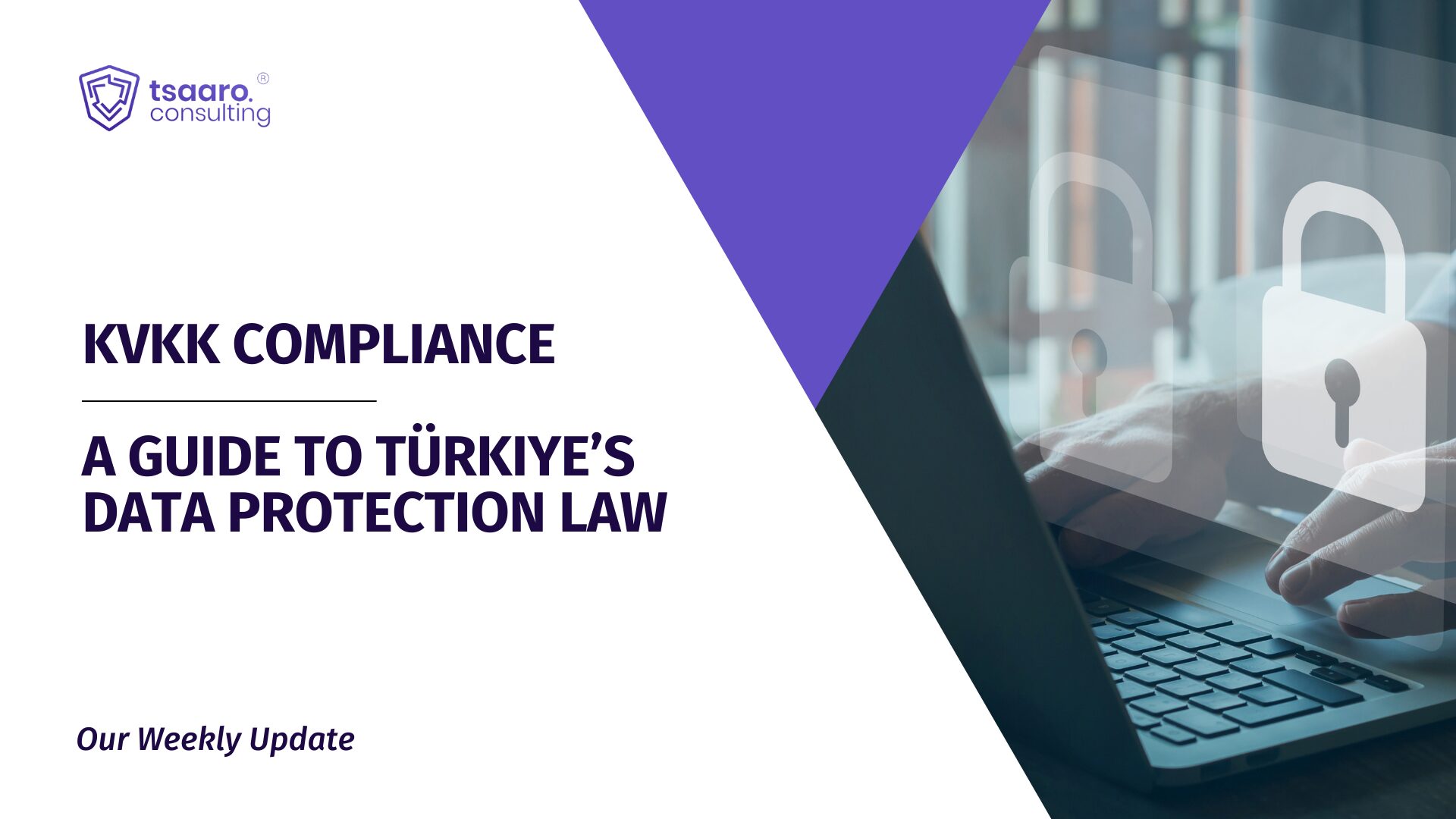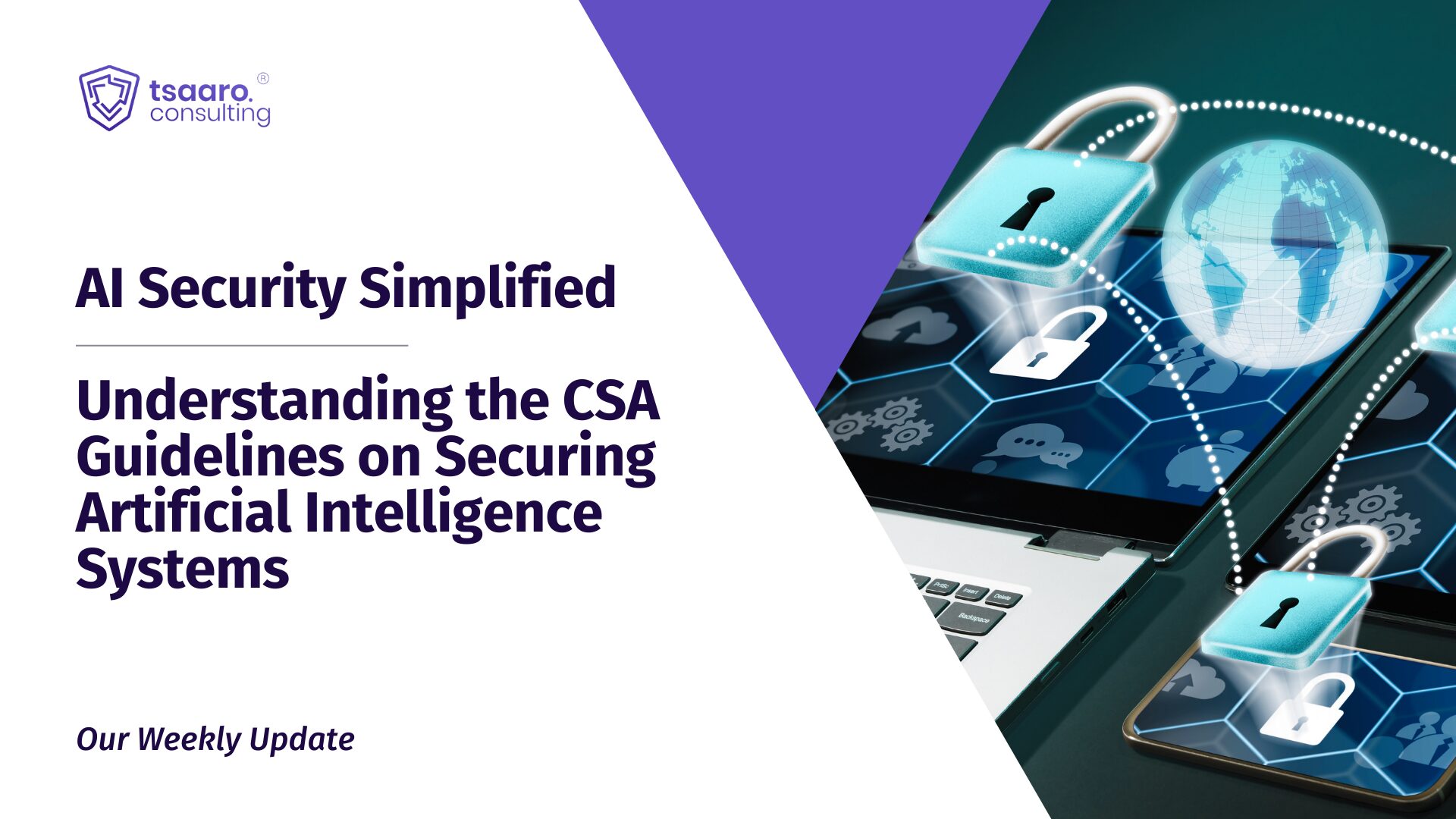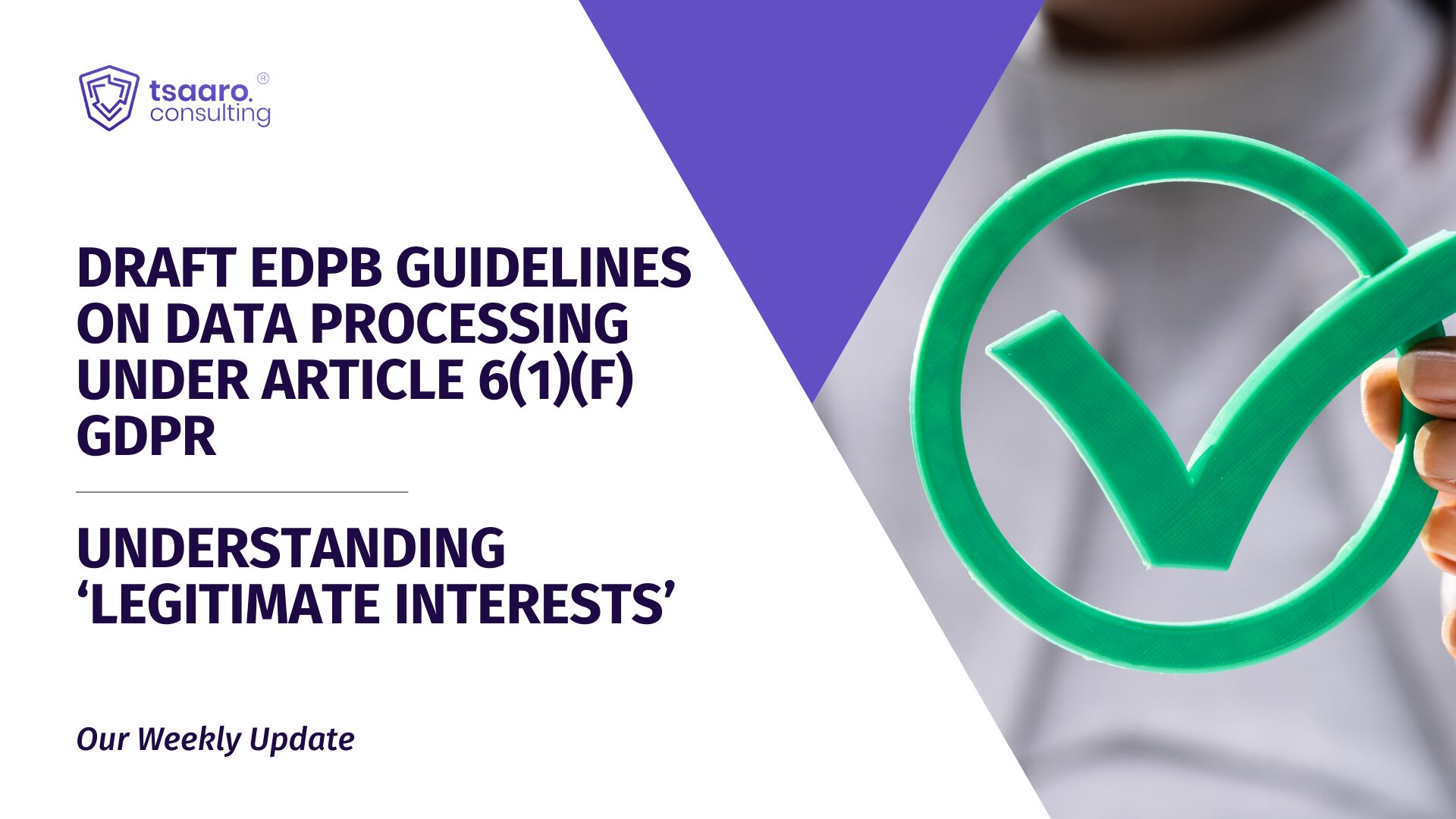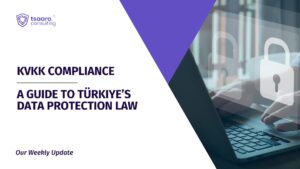In today’s digital environment, data breaches have emerged as a standard issue affecting businesses of all sizes and sectors. Serious repercussions, including monetary losses, reputational harm, and legal responsibilities, may result from these situations. Organisations must have a well-defined incident response plan to reduce these risks and respond to data breaches. In this thorough tutorial, we’ll go through incident response planning’s essential elements and offer helpful advice to assist businesses in coming up with solid plans.
The techniques and tools used by an organisation to identify and respond to cyber threats, security lapses, or cyberattacks are referred to as incident response (also known as cybersecurity incident response). The purpose of incident response is to avert cyberattacks before they take place and to reduce the expense and disruption to business caused by any cyberattacks that do take place. According to IBM’s Cost of a Data Breach 2022 Report, organisations with incident response teams and routinely validated incident response plans experienced data breaches that cost an average of USD 2.66 million less than those at organisations without such resources.
General Steps to Follow
The following is a brief overview of a model plan to implement and ensure incident response in a company:
Step 1: Understanding Incident Response Planning
A proactive strategy for reducing the effects of security incidents, including data breaches and incident response planning, tries to prevent future incidents from happening. It entails a methodical approach to locating, responding to, and recovering from security issues while ensuring the organization’s operations and reputation are protected. Regulatory standards, industry best practices, and the organization’s unique demands should all be considered while creating an efficient incident response strategy.
Step 2: Creating an incident response team
It is a critical component of incident response planning since it allows for managing and coordinating response activities. Representatives from many departments, including IT, legal, communications, and personnel are often included on this team. Each team member should have well-defined roles and responsibilities to ensure effective teamwork during an emergency.
Step 3: Making an incident response plan
A methodical approach is necessary when creating a thorough incident response plan. Essential steps in this procedure are:
- To determine potential risks and rank the organization’s important assets, do a comprehensive risk assessment. This evaluation assists in determining the necessary level of readiness and directs resource allocation.
- Incident Classification: Create a precise classification scheme to group security occurrences according to their gravity and significance. This categorisation helps identify the best course of action for any situation.
- Incident Detection and Reporting: Implement effective monitoring systems to identify security events quickly. To guarantee that issues are identified and processed quickly by the incident response team, develop explicit reporting routes and procedures.
- Define step-by-step event response protocols, such as containment, eradication, and recovery. These protocols should cover technical, legal, and communication issues, which should also be routinely reviewed and updated to reflect new threats.
- External Relationships: Develop connections with outside parties, including attorneys, law enforcement officials, and cybersecurity professionals. These connections guarantee quick access to knowledge and materials in the event of an emergency.
- Create a comprehensive communication strategy that outlines how you will update internal and external stakeholders on the incident’s status. This strategy should protect the organization’s reputation and encompass both the technical aspects of incident communication and public relations and crisis management tactics.
Read More: https://tsaaro.com/blogs/threads-vs-twitter-why-metas-threads-is-a-privacy-nightmare/
Step 4: Testing and Validation
Testing and validating an incident response plan extensively determine its effectiveness. The team can practise their duties and responsibilities in a controlled environment while identifying possible holes or weaknesses in the plan through regular testing and exercise. Penetration testing, simulations, and tabletop drills can be useful methods for gauging the plan’s success and enhancing readiness.
Step 5: Conducting a post-event analysis
It is essential to resolve an issue. The term “Continuous development” describes this process, which involves evaluating the efficiency of the incident response plan, recognizing its shortcomings, and making the necessary corrections as part of this analysis. Continuous development keeps the incident response plan current and effective against new threats.
The Incident Response Planning of the Future
Incident response strategy must keep up with new trends and problems as information develops. For incident response planning in the future, take into account the following areas:
- Keep up with developing trends and technologies like artificial intelligence (AI), machine learning (ML), and automation because they could completely alter the incident response. Through analysing enormous amounts of data and detecting patterns suggestive of future breaches, AI and ML can improve threat intelligence. Automation can speed up incident response procedures, allowing for quicker containment, wellness, and detection.
- As cloud computing becomes more widespread, businesses must prioritise cloud security in their incident response plans. To build reliable security controls, comprehend the shared responsibility paradigm and collaborate effectively with cloud service providers. Create incident response policies tailored to cloud environments, such as for data leaks affecting cloud infrastructure, apps, or memory.
- International data protection laws are constantly changing. Keep up with the regulatory environment and ensure your incident response plan complies with applicable laws, such as the General Data Protection Regulation (GDPR), California Consumer Privacy Act (CCPA), or other compliance standards specific to your industry. Stay updated with regulatory framework revisions and modify your incident response strategy as necessary.
- Planning for incident responses ought to be a continuous activity. Review and revise your incident response strategy frequently to account for emerging threats, technological advancements, and organisational modifications. Once security events or breaches occur, organizations should investigate them promptly and learn from them. Your incident response strategy should mirror the lessons you’ve gleaned, prompting adjustments to security controls and preventative measures.
Also Read, https://tsaaro.com/blogs/cybersecurity-and-privacy-in-banking-industry/
Conclusion
Organisations must be ready to react quickly and effectively to security incidents, especially data breaches, in today’s data-driven environment. A thorough incident response plan is an essential tool for minimising the effects of such incidents and defending the operations and reputation of an organisation. Organisations may create effective incident response plans and improve their cybersecurity by adhering to the essential elements described in this guidance.
Stay updated with Tsaaro about all the latest privacy compliance developments across multiple jurisdictions. Gain a better understanding of laws and regulations and their requirements through us. Our insights will help you make informed choices to mitigate your privacy risks. Contact us at email at info@tsaaro.com.












Very engaging and funny! For more on this topic, visit: LEARN MORE. Let’s chat!
Hi there from Seo hawk, just became aware of your blog through Google, and found that it is truly informative. I am gonna watch out for brussels. I will be grateful if you continue this in future. Numerous people will be benefited from your writing. Cheers from Seo Hawk, India! source https://jaredqgwj31986.bloggerswise.com
I truly admire how you tackle difficult topics and address them in a respectful and thought-provoking manner
I couldn’t stop scrolling and reading, your content is truly one-of-a-kind. Thank you for all the time and effort you put into creating such amazing content.
This blog is like a safe haven for me, where I can escape the chaos of the world and indulge in positivity and inspiration
Your blog has quickly become one of my favorites I always look forward to your new posts and the insights they offer
Your blog post was really enjoyable to read, and I appreciate the effort you put into creating such great content. Keep up the great work!
ed remedies that really work: Canadian pharmacy online – canadian drug
mexico drug stores pharmacies mexico pharmacy mexican mail order pharmacies
legal to buy prescription drugs from canada https://canadiandrugsgate.com/# soma therapy ed
ed cures that actually work
cost of amoxicillin prescription: buy amoxil online – amoxicillin 500mg price in canada
can i order clomid pill: buy clomid – can i get clomid
amoxicillin medicine over the counter http://prednisoneraypharm.com/# prednisone 30 mg daily
amoxicillin 500 mg purchase without prescription http://priligymaxpharm.com/# max pharm
3000mg prednisone: cheap prednisone – where can i buy prednisone online without a prescription
cost generic clomid pills: rex pharm – can i buy cheap clomid tablets
amoxicillin 500mg cost http://amoxilcompharm.com/# amoxicillin 500mg capsules
can you buy generic clomid no prescription: clomid – how can i get clomid online
canadian pharmacy amoxicillin: com pharm – amoxicillin 500mg no prescription
This was exactly the kind of content I was looking for!
medication from mexico pharmacy https://mexicanpharmgate.com/ buying prescription drugs in mexico online
plavix best price: buy plavix online – Plavix generic price